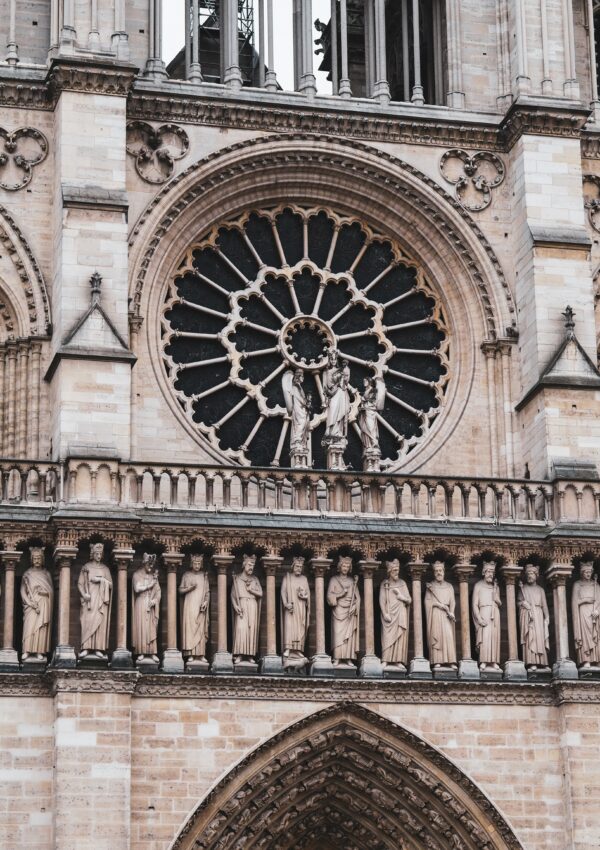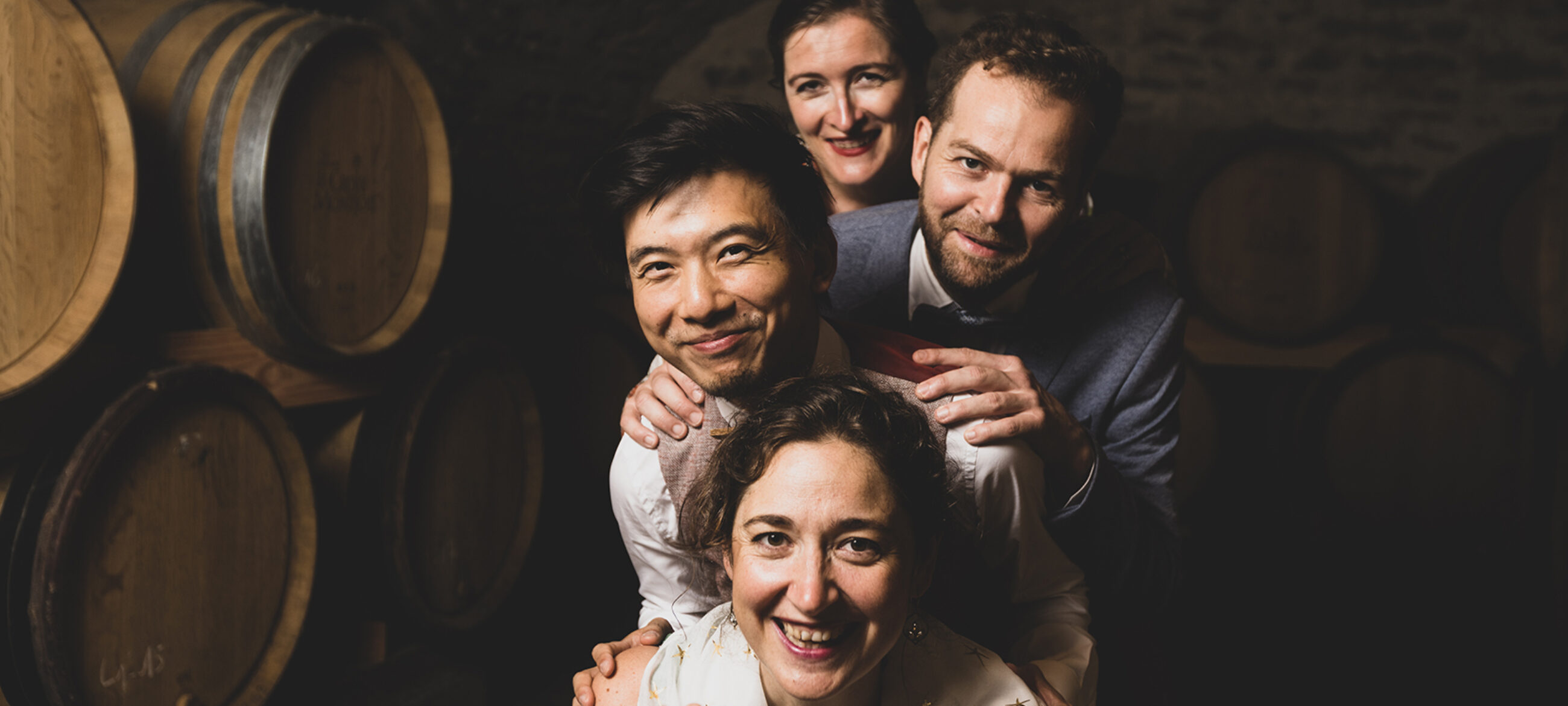Sacred Paris in the 19th Century
1:20
SATB
Violon
Harp
Organ

Camille Saint-Saëns, a prolific composer and influential musician throughout the second half of the 19th century and the early 20th century, served as an organist for over 20 years at La Madeleine in Paris, where he composed numerous motets. While these works remain relatively unknown, they possess the vigor, freshness, and power that made Saint-Saëns a celebrated composer during his lifetime.
The instrumentation of this concert—combining voices and organ with harp and violin—is rare today, offering the audience a delightful (re)discovery of the Romantic colors in sacred music.
Saint-Saëns, deeply committed to the French music of his time, is accompanied in this richly varied program by his friends and contemporaries. This concert was curated for Ensemble La Sportelle by Alexandre Dratwicki, the scientific director of the Palazzetto Bru Zane.
Structured in three parts, the concert narrates the profound and intimate emotions of faith.
It opens with works by two female composers, who convey piety and a sense of luminous, noble reflection—sometimes transcending words—through the majestic Fantaisie by Saint-Saëns for violin and harp.
Henriette Renié Andante religioso, in F minor, for harp and violin
Mel Bonis Adoro te, for a cappella quartet
Léon Boëllmann Ave Maria, for tenor, harp, violin, and organ
Camille Saint-Saëns Quam dilecta, for quartet, harp, and organ
Camille Saint-Saëns Fantaisie, for violin and harp
Léo Delibes Agnus Dei, for soprano, bass, and organ
Félix Guilmant O Salutaris, for quartet, harp, violin, and organ
Sacred music also expresses what every person goes through: doubt.
The harp and violin fall silent, leaving only the voices and the organ to tell the story of worry, desolation, and even anguish that we all experience.
André Caplet Adagio, in B minor, violin and organ
Camille Saint-Saëns Offertoire – Justorum Animae, quartet and organ
Ernest Chausson Pater noster, tenor and organ
Camille Saint-Saëns Sub tuum praesidium, soprano, alto, and organ
Camille Saint-Saëns Tu es Petrus, quartet and organ
The third part tells of the hope of redemption: calm and serenity arrive, guided by the romantic accents of Fauré and Aubert, full of fervor but also wisdom. The exaltation of youth is soothed.
Louis Ganne Invocation, organ, harp, and violin
Léo Delibes Ave Maris Stella, soprano, alto, and organ
Louis Vierne Ave Maria, bass and organ
Gabriel Fauré Tantum ergo, quartet, harp, and organ
Camille Saint-Saëns O Salutaris, soprano, alto, bass, and organ
Camille Saint-Saëns Deus Abraham, quartet, harp, and organ
Louis Aubert O Salutaris, quartet, harp, violin, and organ






